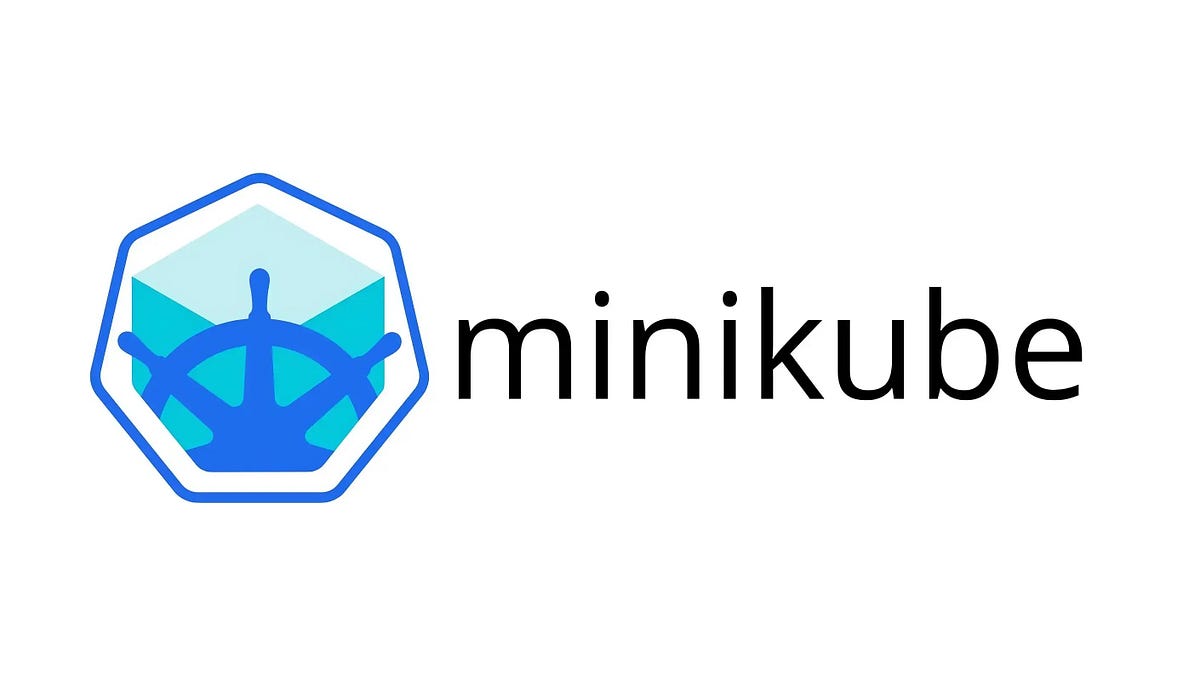
"Kubernetes is a powerful orchestration system but its full production setup usually involves multiple nodes, external load balancers and distributed storage. To simplify learning and experimentation, Minikube can be used to provide a single node Kubernetes cluster that runs locally while still reflecting the same architecture used in production. In this environment, the control plane and worker components run on the same node, allowing us to study how Kubernetes functions internally without the complexity of multiple servers."
"The API server pod kube-apiserver-minikube runs on the node at 192.168.49.2:6443. The API Server is the central component that exposes the Kubernetes API, processes all requests, and manages the state of the cluster by coordinating with other components. This is the entry point to the cluster for cluster admins. Any request made via kubectl or the dashboard first reaches this API server."
Minikube runs a single-node Kubernetes cluster locally, combining control plane and worker components on the same node for simplified experimentation. Installation can follow the official guide; on Windows the Docker driver can run Minikube and a cluster starts with minikube start. The Minikube node receives an internal IP (commonly 192.168.49.x), for example 192.168.49.2. The container runtime in Minikube can be Docker 28.1.1, which executes containers inside Pods. The control plane launches multiple pods into the kube-system namespace to host cluster services. The API server kube-apiserver-minikube listens on 192.168.49.2:6443 and serves as the cluster entry point. The etcd pod etcd-minikube exposes the key-value store on 192.168.49.2:2379 and persists all resources.
Read at Medium
Unable to calculate read time
Collection
[
|
...
]